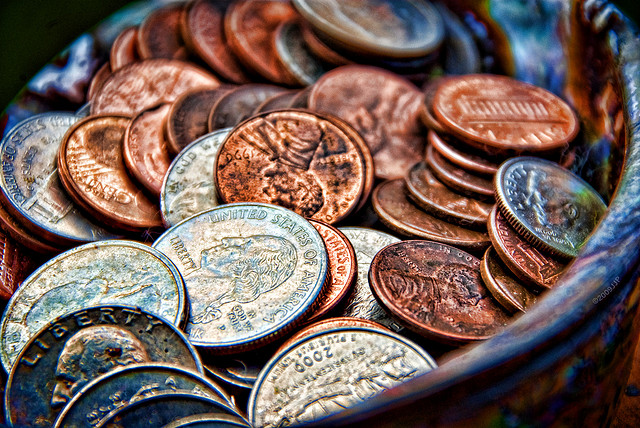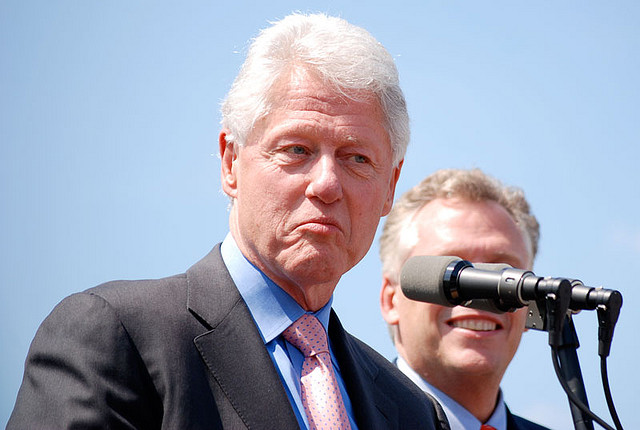10 Achievements of Mankind Made Possible by Economic Freedom
7. Banking
The history of banking begins with the first prototype banks of merchants of the ancient world, which made grain loans to farmers and traders who carried goods between cities. This began around 2000 BC in Assyria and Babylonia. Later, in ancient Greece and during the Roman Empire, lenders based in temples made loans and added two important innovations: they accepted deposits and changed money.
Banking, in the modern sense of the word, can be traced to medieval and early Renaissance Italy, to the rich free trading cities in the north such as Florence, Venice, and Genoa. The Bardi and Peruzzi families dominated banking in 14th century Florence, establishing branches in many other parts of Europe. The oldest bank still in existence is Monte dei Paschi di Siena, headquartered in Siena, Italy, which has been operating continuously since 1472.
In the 15th and 16th centuries the development of banking spread from northern Italy to northern Europe. The banking revolution which took place in the Netherlands and England in the 17th and 18th centuries was made possible by the capitalist entrepreneurial spirit which characterized Protestant societies. The banking revolution was followed by a number of important innovations that took place in Amsterdam during the Dutch Republic in the 17th century, in London in the 18th century, and made an important contribution to the Age of Exploration and the Industrial Revolution. During the 20th century, developments in telecommunications and computing caused major changes to banks’ operations and let banks dramatically increase in size and geographic spread.







